Warm-up and cool-down for exercise
It is important to ensure that we are implementing appropriate and suitable warm-ups and cool-downs before and after exercising, to reduce the risk of injury and soreness, as well as allowing us to get the most potential out of the workout or exercise session.
Warm up
The aim of an effective warm up is to gradually increase your heart rate, warm up your joints and activate the muscles that you will be using. An effective warm-up should include some joint mobility and dynamic exercises, which are active movements incorporating similar movements that you will experience in your workout. Save the “static” stretch-holds for after your workout for maximum benefit.
• Mobilise your joints by moving through your full range of motion on areas such as the shoulders, upper back, hips and ankles. Ensure you are moving through the movement in a controlled and steady manner.
• Chose activity-specific and appropriate exercises. If you are going jogging, warm up the legs with exercises such as body weight squats and calf-raises. Pay special attention to loosening up your hips and ankles, with exercises such as lunges with torso rotation and full-ankle rotations.
• Use a perception scale to get your heart rate up appropriately – with 1 being your resting heart rate, and 10 being your maximum heart rate, aim to gradually increase the intensity of your warm up, starting at 1, and working up to achieve 5 or 6 over the course of 5-10 minutes.
Exercises such as marching on the spot, into gentle jogging on the spot, star jumps and squat jumps will all effectively increase the heartrate with progressive increase in intensity, speed and power.
Cool down
The aim of an effective cool down is to gradually reduce your heartrate, returning the body to a resting state and helping to reduce muscle stiffness. A properly executed cool-down can help to reduce muscle soreness the day (or days!) following exercise . The cool-down is the ideal opportunity to incorporate the static (long hold) stretches, as you will benefit from muscles that are warm from exercising. Stretching during cool down helps to increase blood flow to the muscles that have been worked, which can reduce muscle stiffness and soreness and releasing tension post-exercise, as well as increasing flexibility and range of motion.
Using your perception scale for exertion (1-10) again to gradually monitor your cool-down progress, an effective cool-down should take you back down to around 2 (an almost-resting heartrate). Aim to come back to a state where you can easily and comfortably hold a conversation. Walking is the most effective cool-down exercise to help gradually reduce your heartrate back to a more resting state. Aim to hold each stretch for 20-30 seconds to really allow the muscle to relax and release tension, and focus on relaxed, deep breaths throughout the static hold, leaning slightly deeper into the stretch on the exhale.
Focus specifically on the areas and muscles that were using during your workout, although a full body stretch will go a long way to helping the body let go of tension for the rest of the day, too.
Before doing any sort of exercise, it is always recommended to perform a warmup in order to get your body ready for the exercise. Just as importantly, a cool down is recommended to gradually reduce your heart rate back down to normal after exercising, as well as some static stretches (holding a stretch of key muscle groups for 20-30 seconds).


